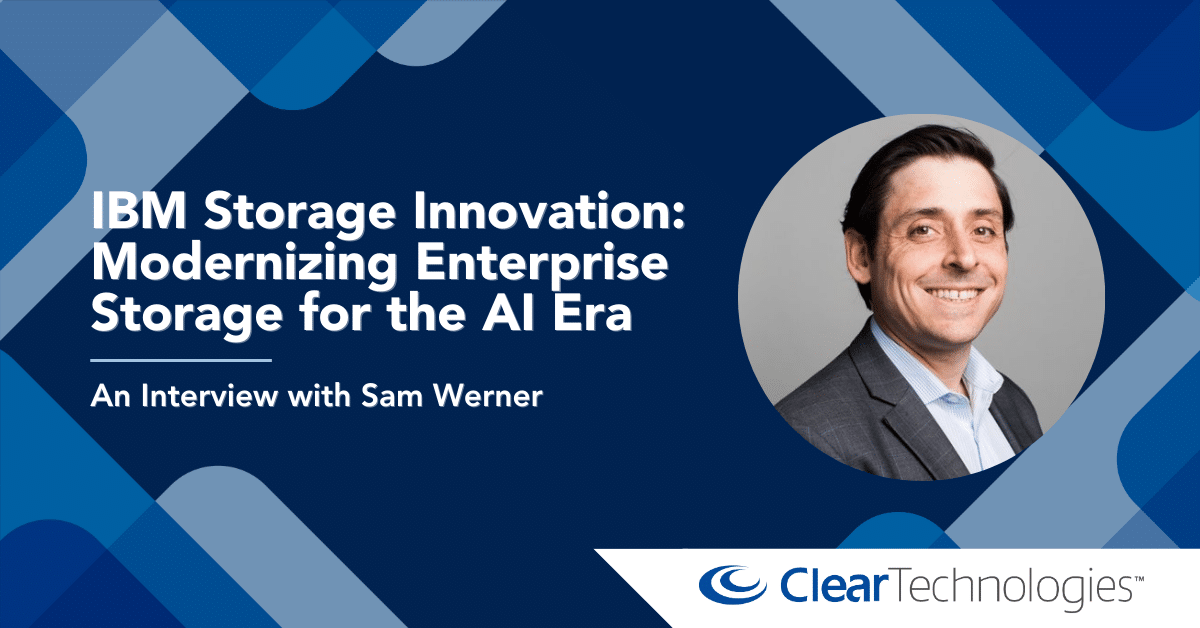Share this:
Posted in:
UncategorizedHybrid Cloud is rapidly becoming the preferred model for IT. A missing piece for enabling true, production grade Hybrid Cloud is the ability to mobilize and protect production workloads between different infrastructure types. Cloud Continuity Platform is
a new infrastructure concept which enables application mobility and protection across public, managed and private clouds, and across different hypervisors. With Cloud continuity platform the right infrastructure can be used to optimize for cost, SLA and performance with simple scalability and exibility, without disruption to the business and while enabling full business continuity. The choice of a Hybrid Cloud is here.
INTRODUCTION TO THE HYBRID CLOUD
Today’s IT demands an agile, exible environment with the ability to have any application leverage any cloud with any hypervisor. For example, a production workload should be able to reside in a VMware based private cloud for performance, while leveraging Amazon for cost effective backup and
a Hyper-V based managed service provider for high SLA disaster recovery. Enterprises want the capability to expand their available choices in terms of meeting the needs of the business. IT provides the robust foundation to ensure end-user productivity across disciplines, and they need to be able to react fast.
WHY DOES IT WANT THE HYBRID CLOUD?
The Hybrid Cloud enables businesses to optimize their IT environment and gives them limitless choices. The requirement for disaster recovery, backup or test and development would be based on price and service level agreement requirements only. There would be no restrictions imposed based on the technologies used, they would have infinite choices and no vendor lock-in.
• Leverage the right infrastructure at the right price: The hybrid cloud model is comprised of several different clouds and infrastructures, including public clouds like amazon Google and Azure, managed clouds like Bluelock, iLand, Peak 10 and others, and VMware or Hyper-V based private clouds. Each of these is optimized for a specific use case and price, enabling enterprises to increase efficiencies.
• Easily use infrastructure resources to meet immediate needs: Businesses have cyclical requirements, end of month, end of year and seasonal activities require additional infrastructure to meet the business needs. With the Hybrid Cloud, bursting becomes possible, ensuring that no infrastructure is ever idle, reducing costs.
• Simplified management of resources across infrastructures: With true Hybrid Cloud, applications can be easily managed and migrated to use underutilized resources and increase the ROI. While the workloads run natively with each infrastructure to achieve maximum efficiency, management of the applications across different infrastructures should be simple, automated and scalable. As you can see, Gartner states that 85% of companies have more than one hypervisor. To maximize this investment, it is critical that the management of resources across hypervisors is seamless.
BARRIERS TO HYBRID CLOUD ADOPTION
Different hypervisors and APIs create infrastructure silos, making it very difficult to leverage different clouds for the same workloads. Applications cannot be easily replicated, managed, or used between different environments. The reconfiguration and downtime associated with “bursting” into an environment or replicating, or backing up to a different silo are so significant that even though the long term benefits in terms of cost savings or performance are there. The initial capital costs present too great a hurdle that many organization cannot justify moving forward.
- Infrastructure Silos: Cloud environments must be based on the same hypervisor. A workload in a VMware environment cannot mobilize or migrate into a Microsoft Hyper-V environment, or Citrix XenServer environment. Each infrastructure must be managed separately and compute and storage resources cannot be leveraged across the applications.
- Workload mobility requires significant downtime: Production workloads are very complex with multiple terabytes of information, several virtual machines and a very specific configuration. With incompatible hypervisors, it is impossible to move applications across these environments effectively and efficiently. With current solutions, a significant outage is required to copy and orchestrate recovery of these applications. This takes time and an opportunity could be missed.
- Full workload conversion is not available: A workload consists of multiple VMs with interdependency rules, networking, rewalls and more. To have an effective Hybrid Cloud these workloads need to be converted between different infrastructures in an automated, reliable and outage free manner.
INTRODUCING CLOUD CONTINUITY PLATFORM
Cloud continuity platform is a new workload mobility and protection layer in the Hybrid Cloud stack providing seamless connectivity, portability, protection, orchestration and application encapsulation. Cloud continuity platform enables the seamless mobility of workloads across clouds and delivers the choice that Hybrid Cloud has been promising for years without the dreaded vendor lock-in. High scale, mission critical applications and data are encapsulated, as well as features, specifications, and configurations and can now be seamlessly migrated across different servers, storage, hypervisors and clouds without any disruption to business services.
Cloud continuity platform delivers the promise of the cloud, it gives back the choice. IT Managers can choose the right infrastructure for the right use case for the right price. One application can leverage several different environments for disaster recovery, bursting, production, backup and test and development. With Cloud continuity platform there is no vendor lock-in to a cloud, technology or vendor. Any choice, any cloud, any technology, any price, any service level is available in minutes to any workload.
WHAT IS CLOUD CONTINUITY PLATFORM?
Cloud continuity platform consists of a number of elements that together provides the mobility and protection required:
•Application encapsulation: Encapsulate workloads by grouping related virtual machines, including all the associated data, interdependency rules, boot order, networking and other settings
•Enterprise grade replication: Continuous block level near-sync replication, with consistency grouping, WAN optimization and point-in-time recovery to ensure that complex multi-tier applications will recover without any downtime
•Automated Orchestration: Single click automated creation of large scale applications and datasets with all their associated data and dependencies in different clouds to simplify disaster recovery, migrations and portability operations
•Infrastructure conversion: Moving workloads between VMware, Hyper-V or AWS requires conversion of VMs and their attributes
•Data protection and business continuity work ows: To enable utilization of different infrastructures for backup and DR, Cloud continuity platform must include backup and disaster recovery work ow enabling multi-site replication, backup and recovery
CLOUD CONTINUITY PLATFORM KEY FEATURES AND BENEFITS
- Unlock the Potential of Hybrid Cloud: Cloud continuity platform provides the federation of disparate infrastructure that enables workloads to run effectively on any hypervisor, storage or network. Cloud continuity platform has no infrastructure dependencies. It enables any application to meet or exceed service level agreements in any cloud with any hypervisor. Performance and costs are optimized and no tradeo s in functionality are necessary. There is no vendor lock-in that needs to be considered.
- Reduce Complexity and Gain E ciency: Cloud continuity platform fully orchestrates and automates disaster recovery processes as well as the mobilization and migration of workloads. Based on the pre-defined configuration of the application and data, Cloud continuity platform easily replicates and migrates production workloads with minimal downtime. Migrations would result in zero data loss and take just minutes, while disaster recovery would dramatically exceed service levels with recovery point objectives of seconds and recovery time objectives of minutes. Backup processes are configured and executed. This overcomes a key hurdle for the hybrid cloud. The weeks of downtime, reconfiguration and planning are reduced to minutes. The ability to use the right cloud for the right use case is simple, and therefore, cost-effective.
- Protect the whole Application Infrastructure: By creating an encapsulated application, the data and application are not just linked, but all the critical configurations as well. The dependencies, requirements and service levels are automatically preserved, maintained and leveraged across the hybrid cloud environment. The complex reconfiguration of an application so it can use a different infrastructure is eliminated. The intelligence and requirements are there so the application can run in any environment. This means that applications can run fast in the new environment,and are available in minutes. This allows for truly portable workloads. The applications will run on any platform with little administrative effort.
- Increase IT Service Flexibility: Cloud continuity platform simplifies the network configuration so that it is not a barrier to application mobility. The IT team can now successfully meet the demand of an ever-changing organization better by being able to manage the environment while optimizing for costs. The business can focus on revenue generating projects that move the company forward instead of the management and maintenance of the IT environment.
-
Future Proof the Infrastructure: The environment is now truly dynamic and can rapidly respond to changes in software, hardware, vendors or organizational requirements. The team is set up for success in terms of meeting business requirements, supporting service levels and becoming a center for innovation. Centralized management of disaster recovery, mobility, and resources consumed at the VM-level are critical. The seamless exibility and mobility must be controlled. A robust management interface is a key component of Cloud continuity platform and ensures the unprecedented agility of the infrastructure doesn’t create an unorganized, out-of- control IT infrastructure.
THE MAGIC CARPET
Cloud continuity platform is a magic carpet to move, translate and migrate virtual workloads between competing virtualized infrastructures. The commitment of the cloud that has been promoted, marketed and promised for so long is finally here. Organizations can now optimize their environment with the right mix of on-premise and off-premise production workloads to maximize investments while supporting service levels. The IT team is truly in control of the environment with the choices the hybrid cloud delivers today through Cloud continuity platform. With Cloud continuity platform infrastructure choices are based on SLA and cost while delivering performance with simple scalability and exibility, without disruption and with full business continuity.



